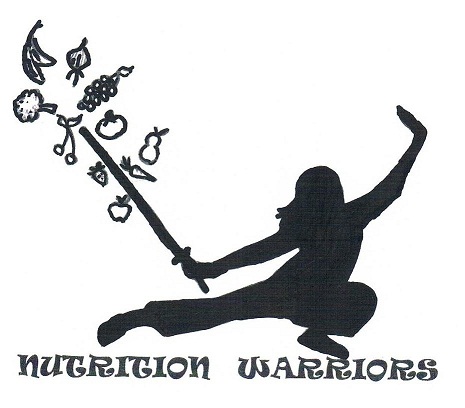Sprouts
Sprouts have enough protein to turn a salad into a main dish.
Different types of sprouts
Alfalfa sprouts contain significant dietary sources of phytoestrogens—known to have preventive elements for cancer, heart diseases, menopausal symptoms, and osteoporosis. Alfalfa is one of the most popular sprouts. It is a good source of vitamins A, B, C, D, E, F, and K and is rich in many minerals, also helps digestion.
Buckwheat: Makes a great salad green. High in vitamins A, B, C and D.
Brassica Sprouts: Cabbage, kale, broccoli, cauliflower, rutabaga, turnip, and mustard. Broccoli sprouts are known to have anti-cancer properties. Peppery flavor makes good taste for salad.
Clover sprouts are known as an anti-cancer herb. It have significant source of isoflavones.
Green Pea sprouts are rich in many of the B vitamins and vitamin C. Green pea sprouts make a rich addition to any green salad.
Lentil sprouts contain 26% protein, and you can eat it raw without cooking.They have a mild ground pepper flavor.
Mung bean sprouts are good source of protein, fiber, vitamin C and A, and with low calories.
Onion sprouts contain about 20% protein, and a very good source of vitamin A, C, and D.
Radish sprouts are high in potassium and have four times more vitamin A and 29 times more vitamin C than milk and more vitamin C than pineapple. Radish sprout is the most popular variety among Japanese families due to their have a rich flavor.
Soybean sprouts are a favorite of Japanese and are high in protein, fiber, vitamin A,B,C,E and folate.
Sunflower sprouts are rich in lecithin and vitamin D. Sunflower sprouts have the power to break fatty acids and are easy to digest.
Wheat is high in Vitamins B, C, and E and has three times the vitamin E of dry wheat.
Most Common Ways to Eat Sprouts
raw: Alfalfa, radish, clover, cabbage mung bean, sunflower
cooked: Kidney beans, Pinto
raw or cooked: Lentils, Soybeans, green peas and wheat
How to make your own sprouts
After germination (process in which a plant emerges from a seed and begins growth.)
seeds, beans, and legumes can be sprouted. After they are drained during the final step of the germination process, place them in a container for sprouting. Leave them at room temperature for the recommended time. The seed, bean, or legume will open and a sprout will grow from it. Rinse the sprouted nuts or seeds and drain well. They can be stored in an airtight container in the refrigerator for up to 5 days.

No comments:
Post a Comment